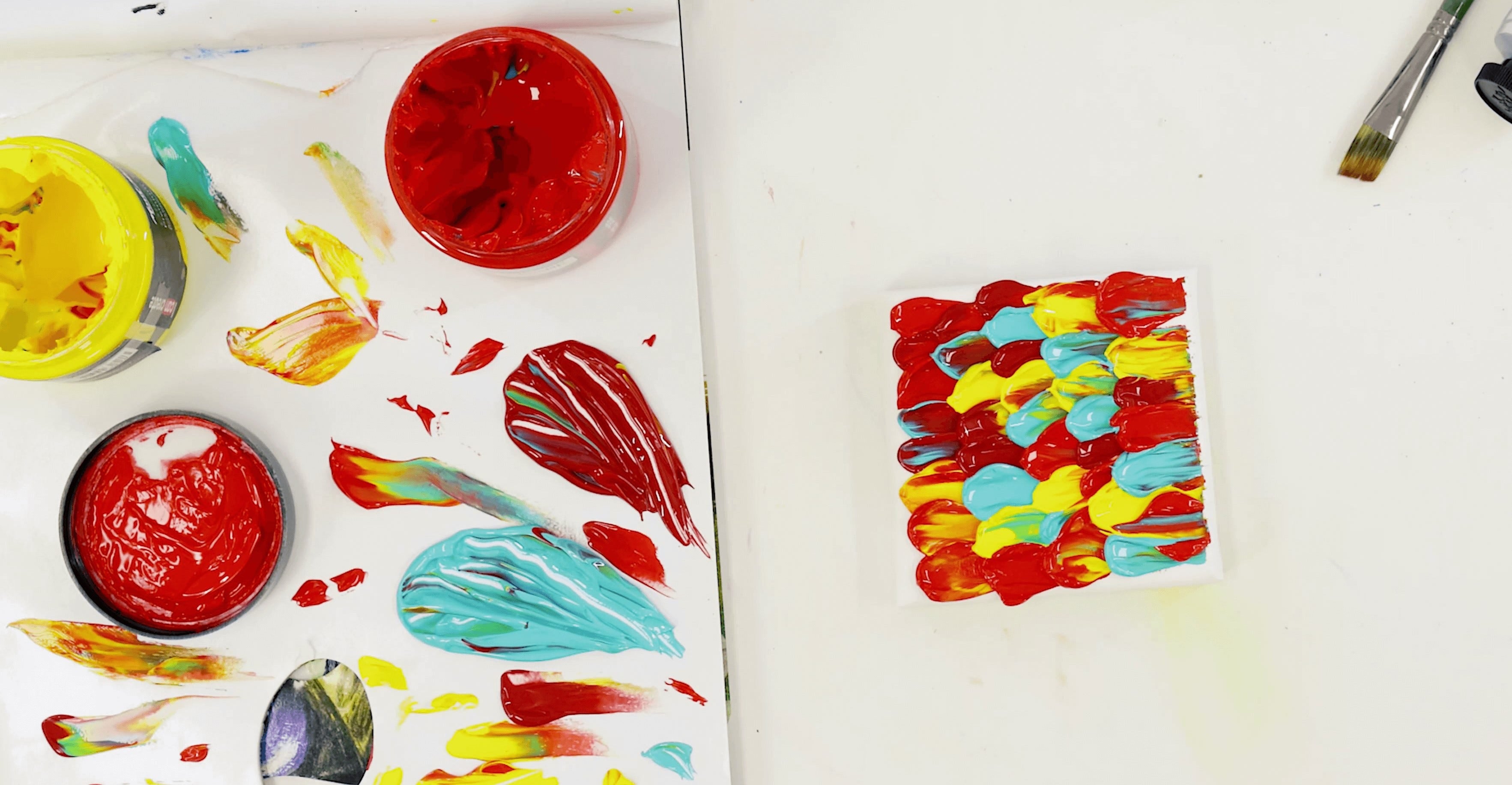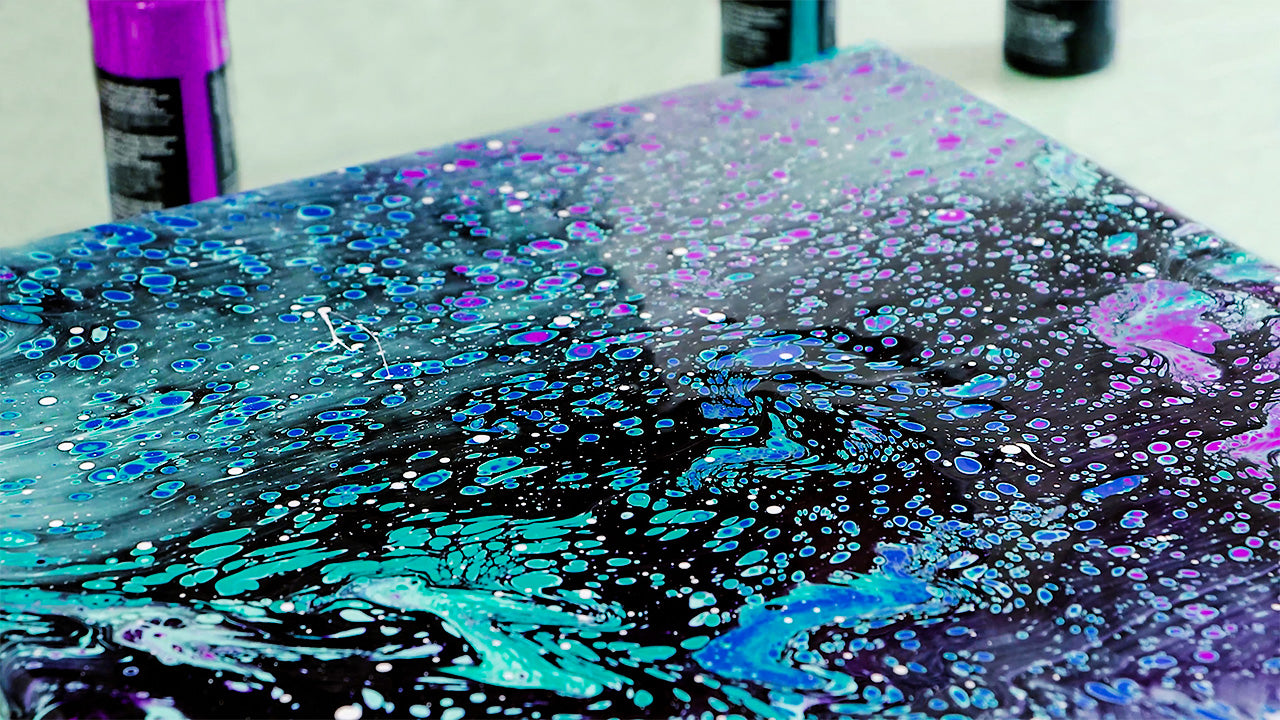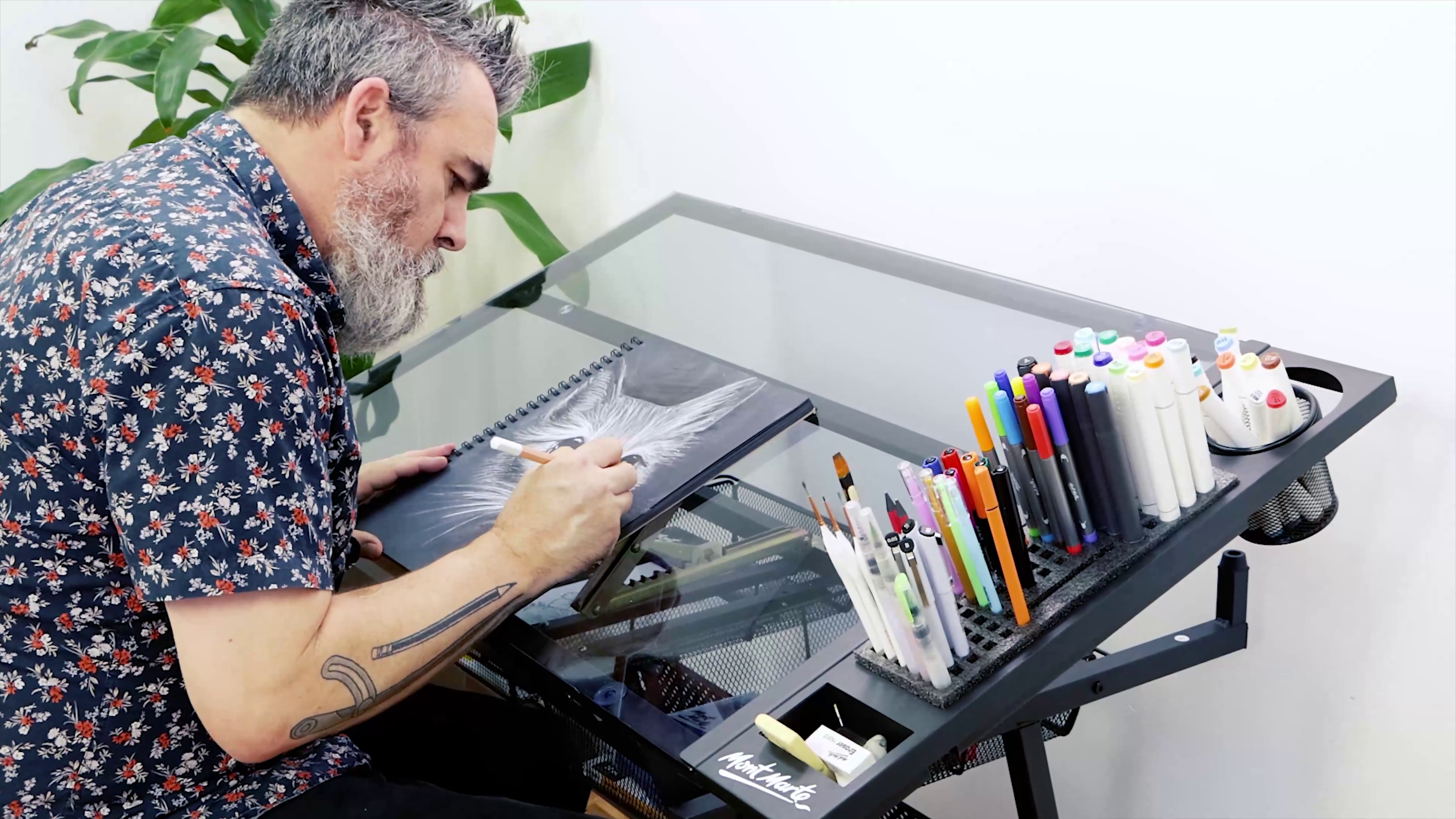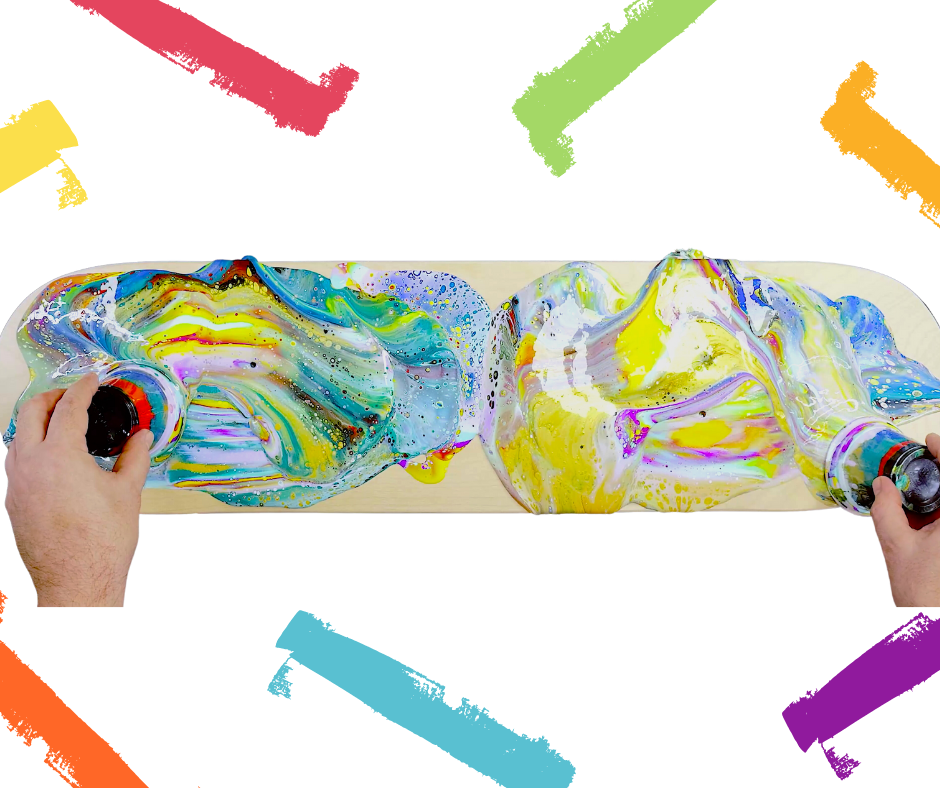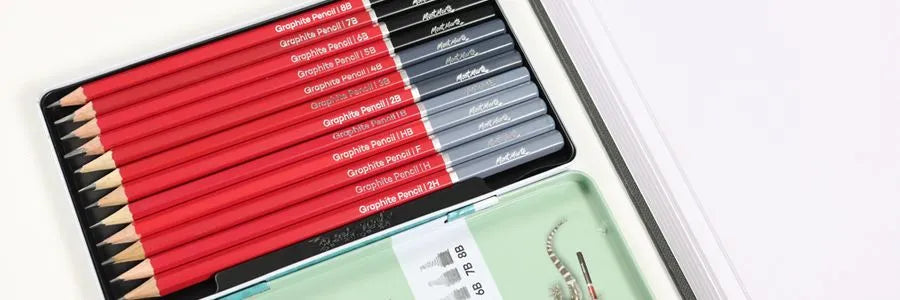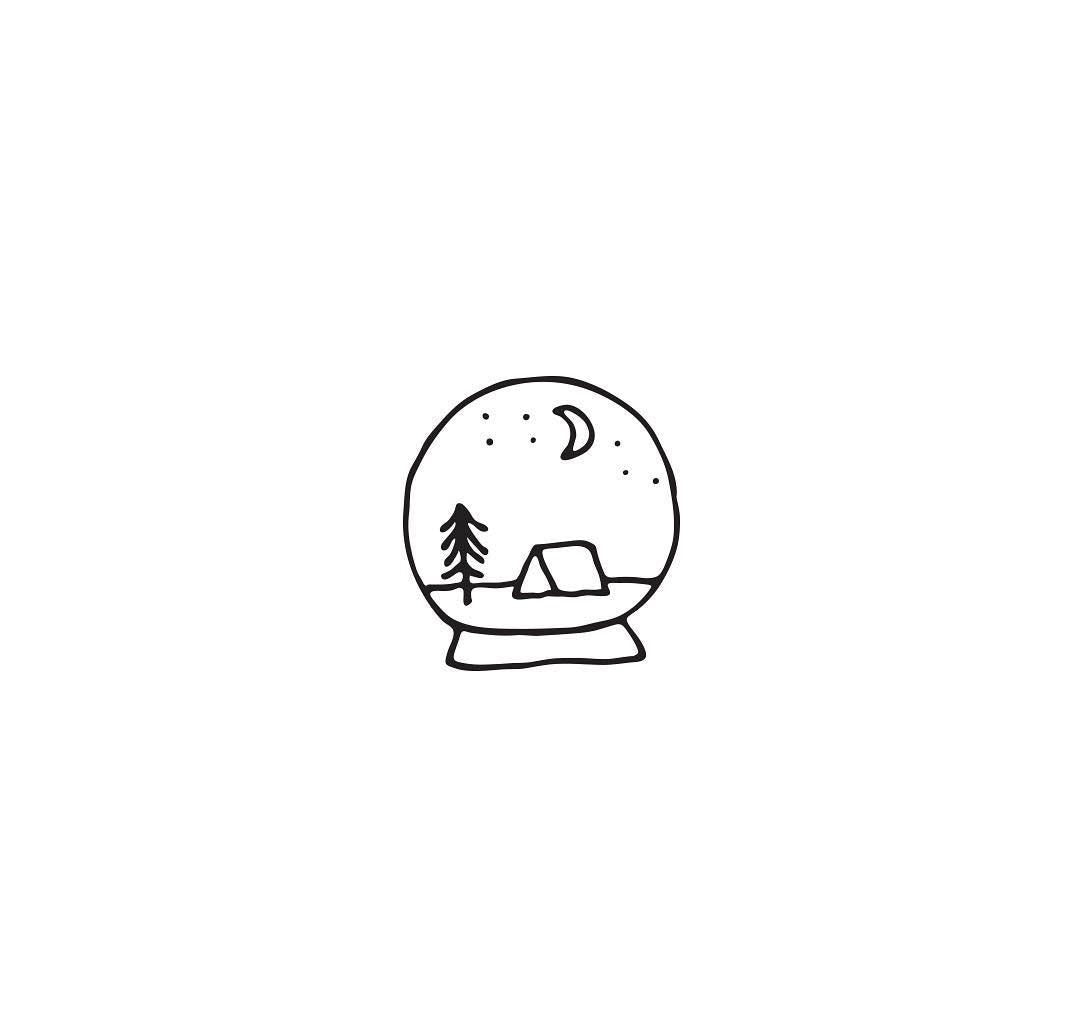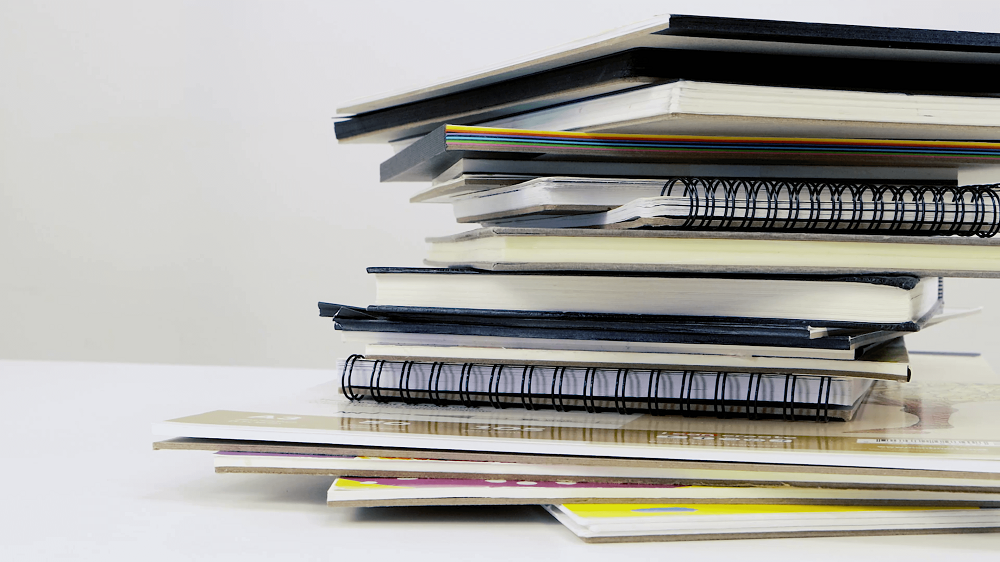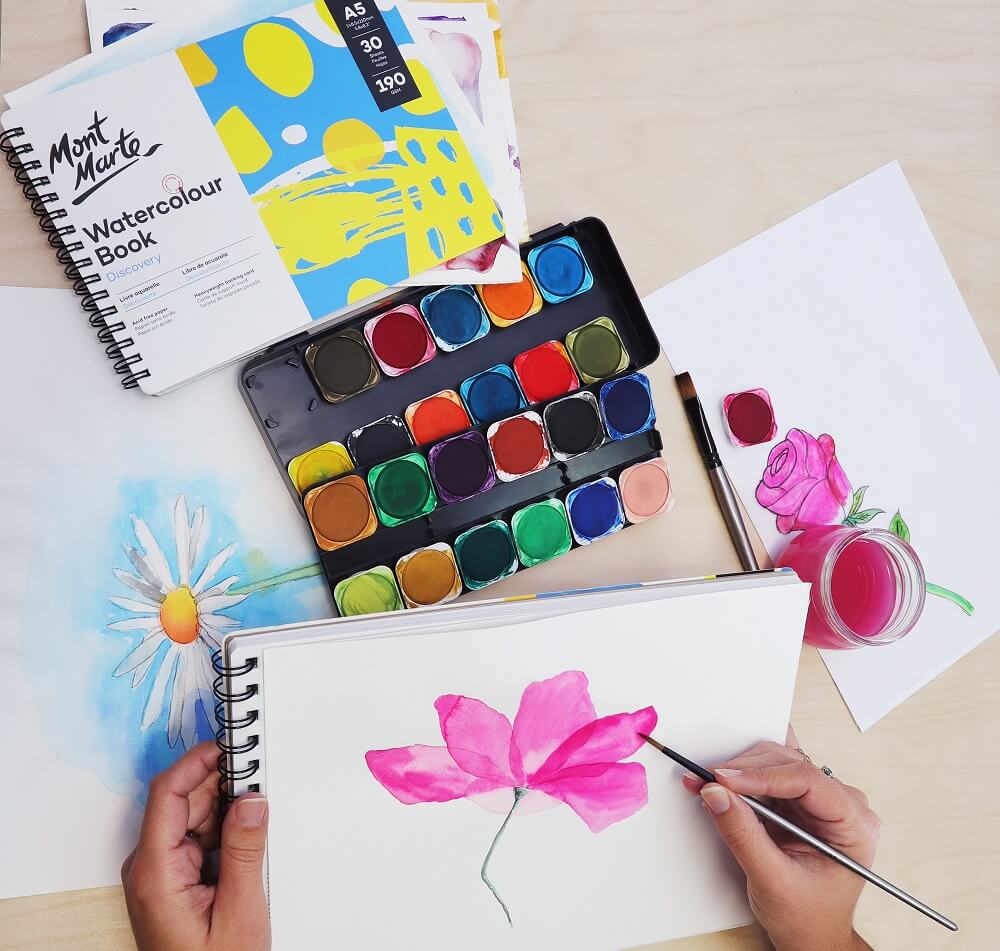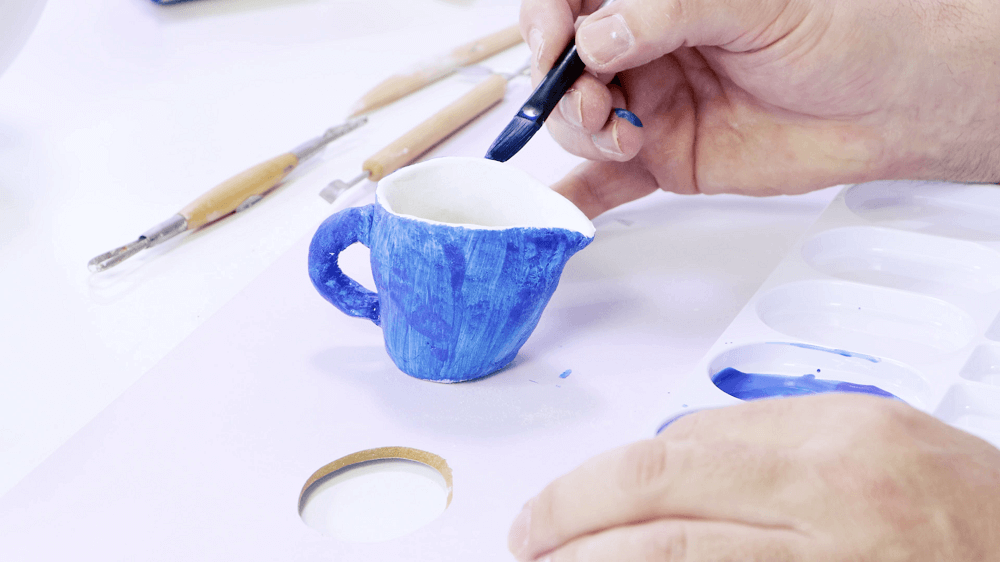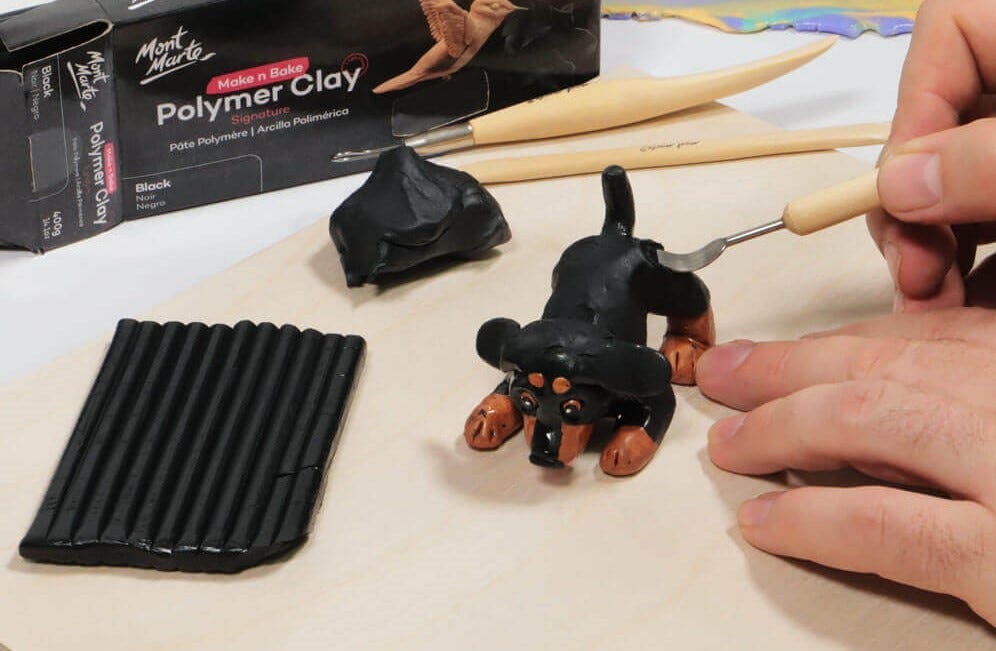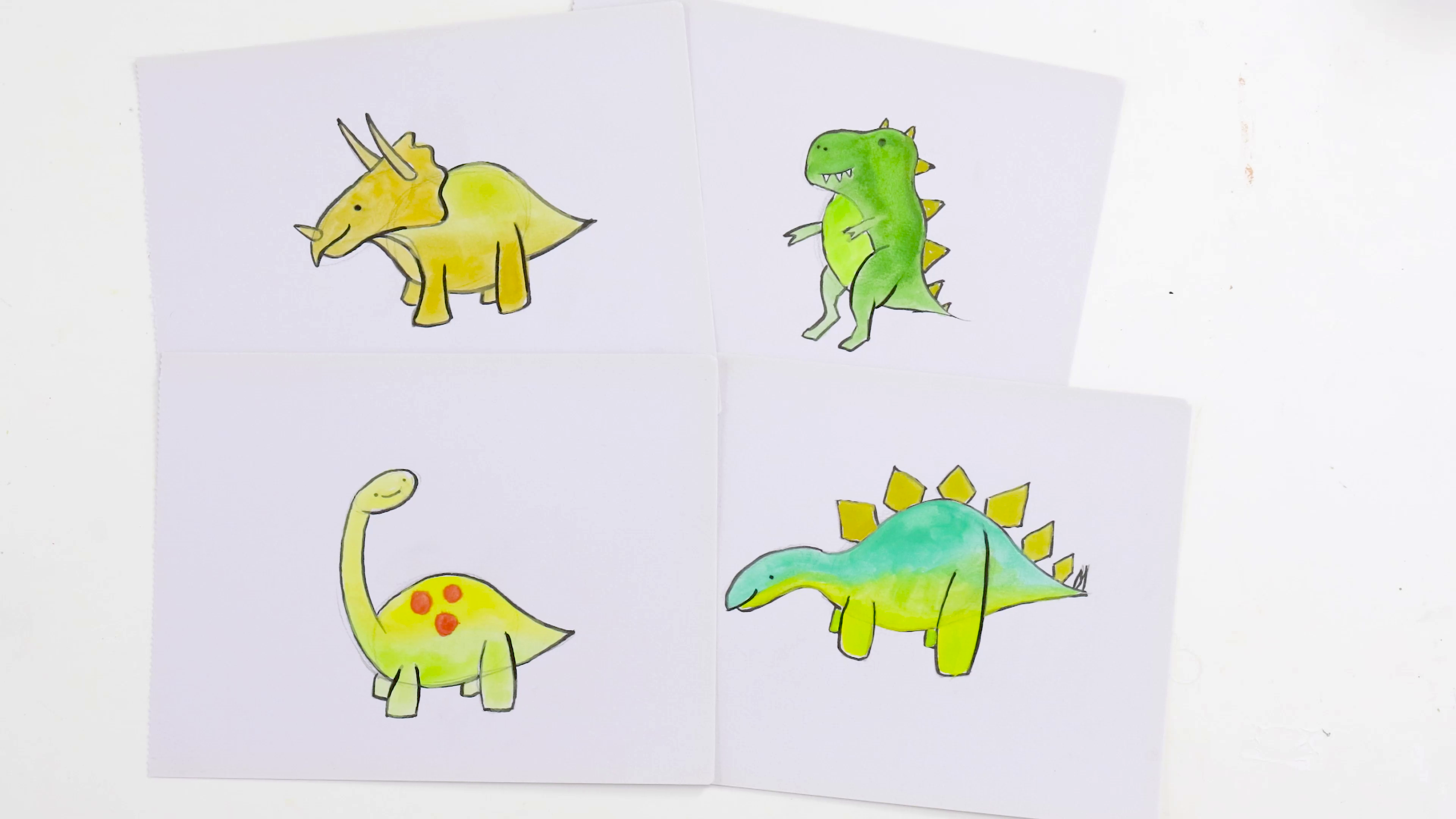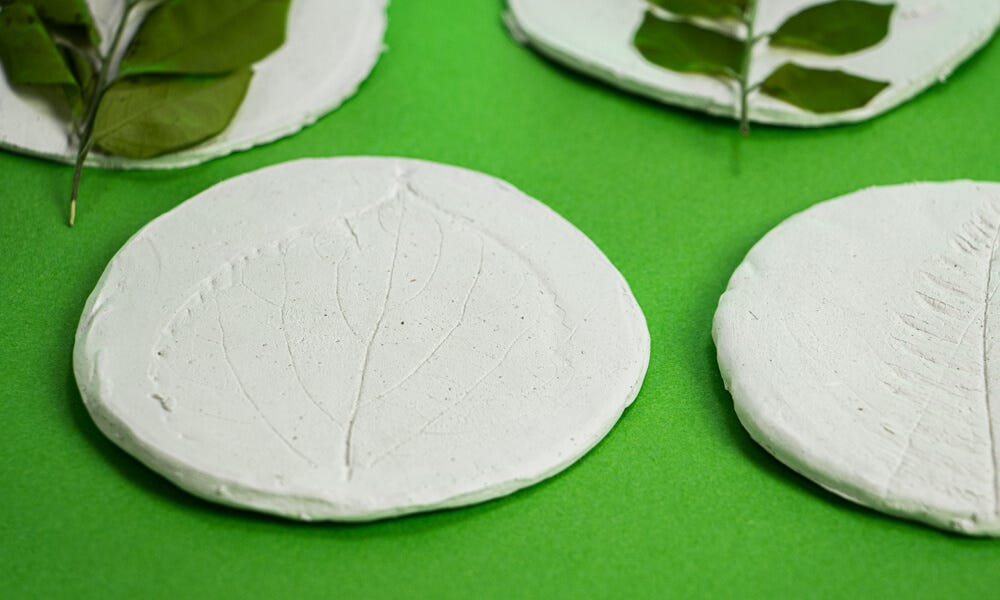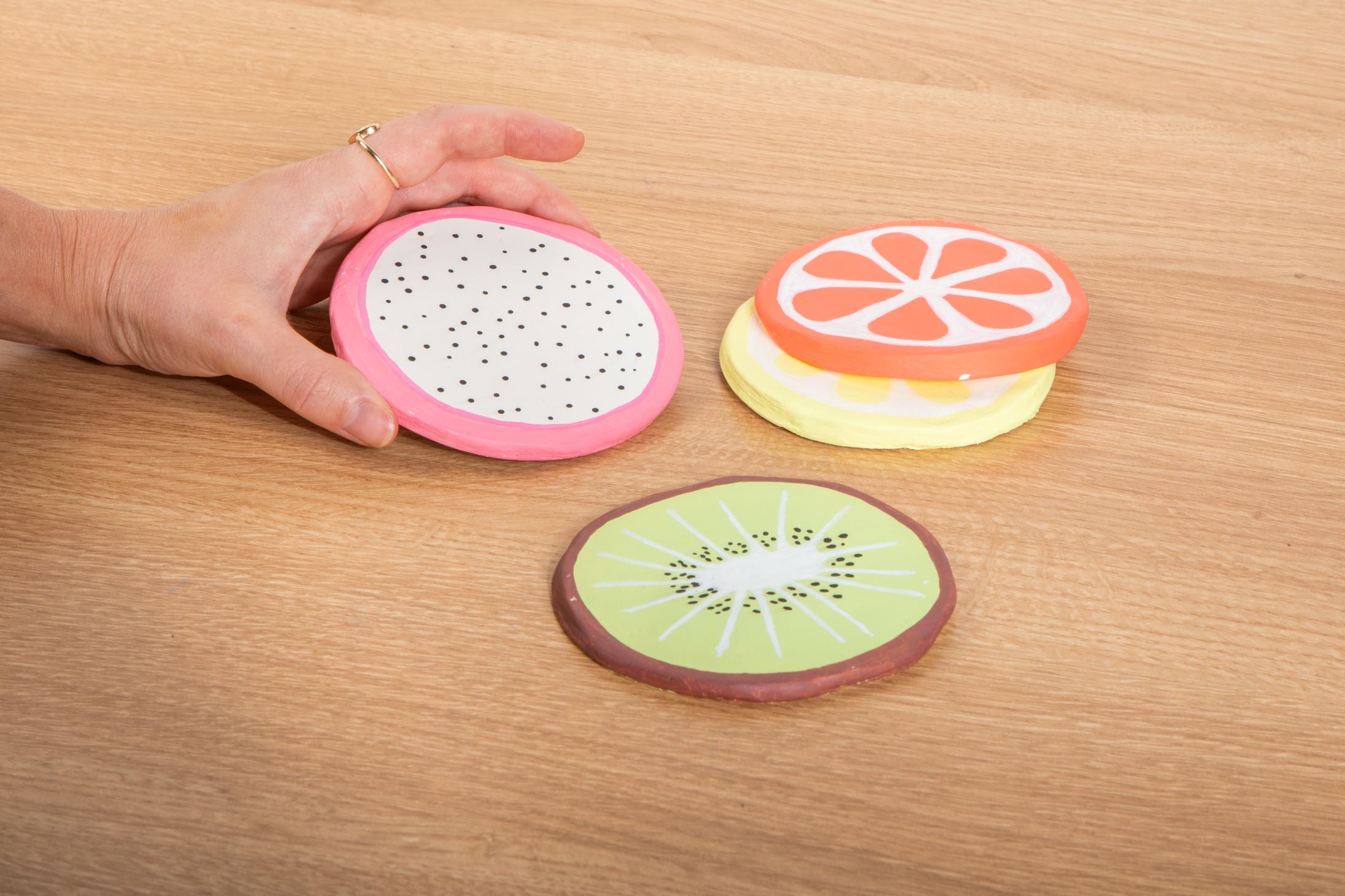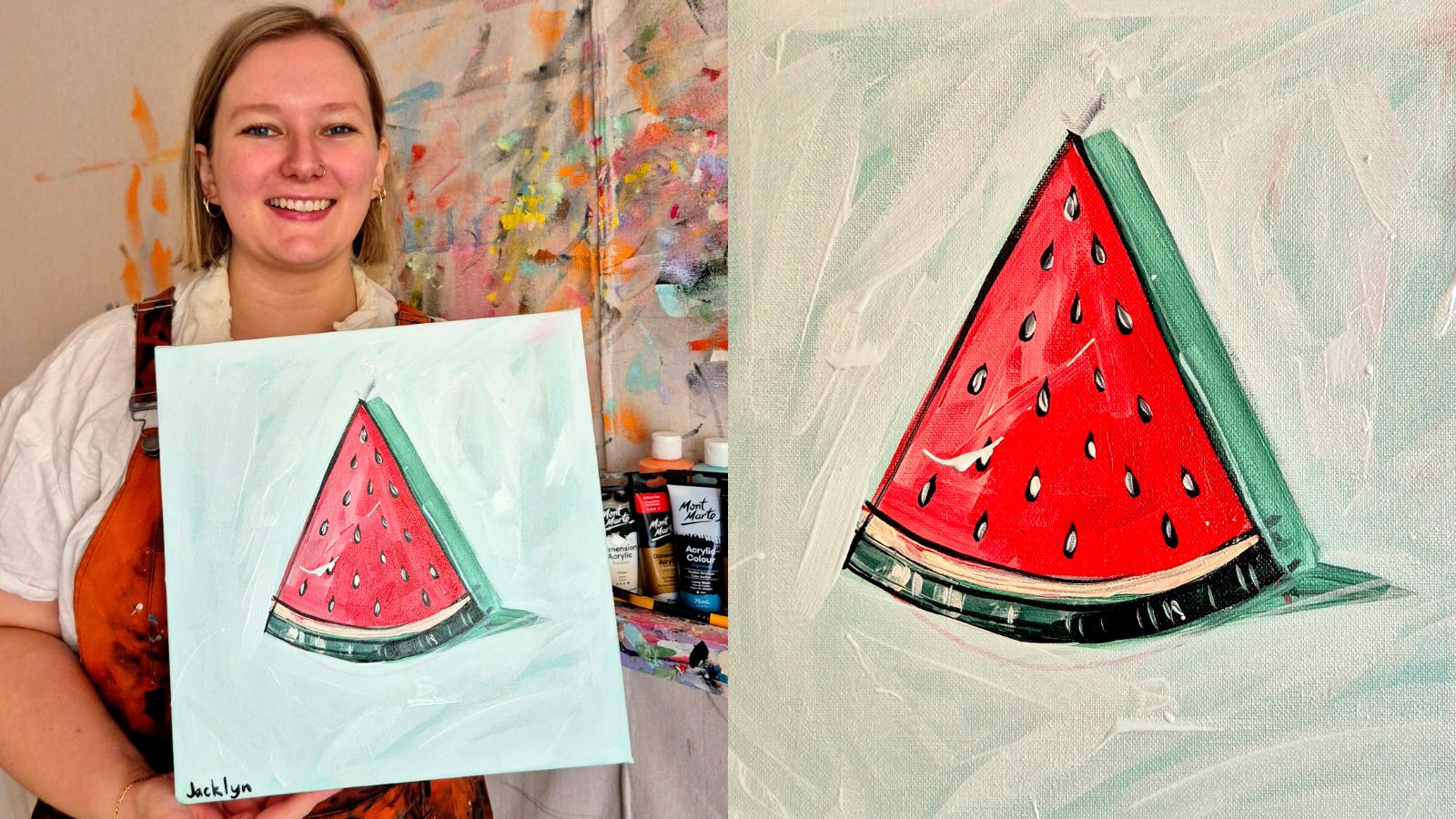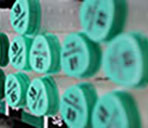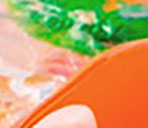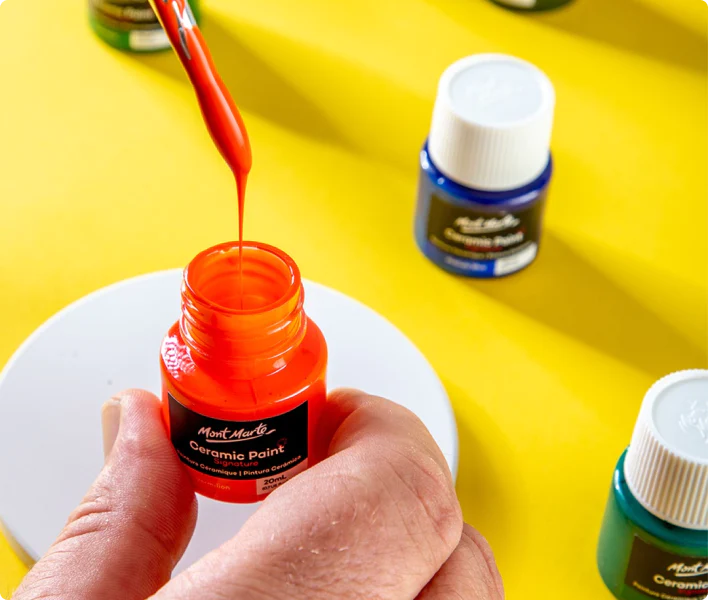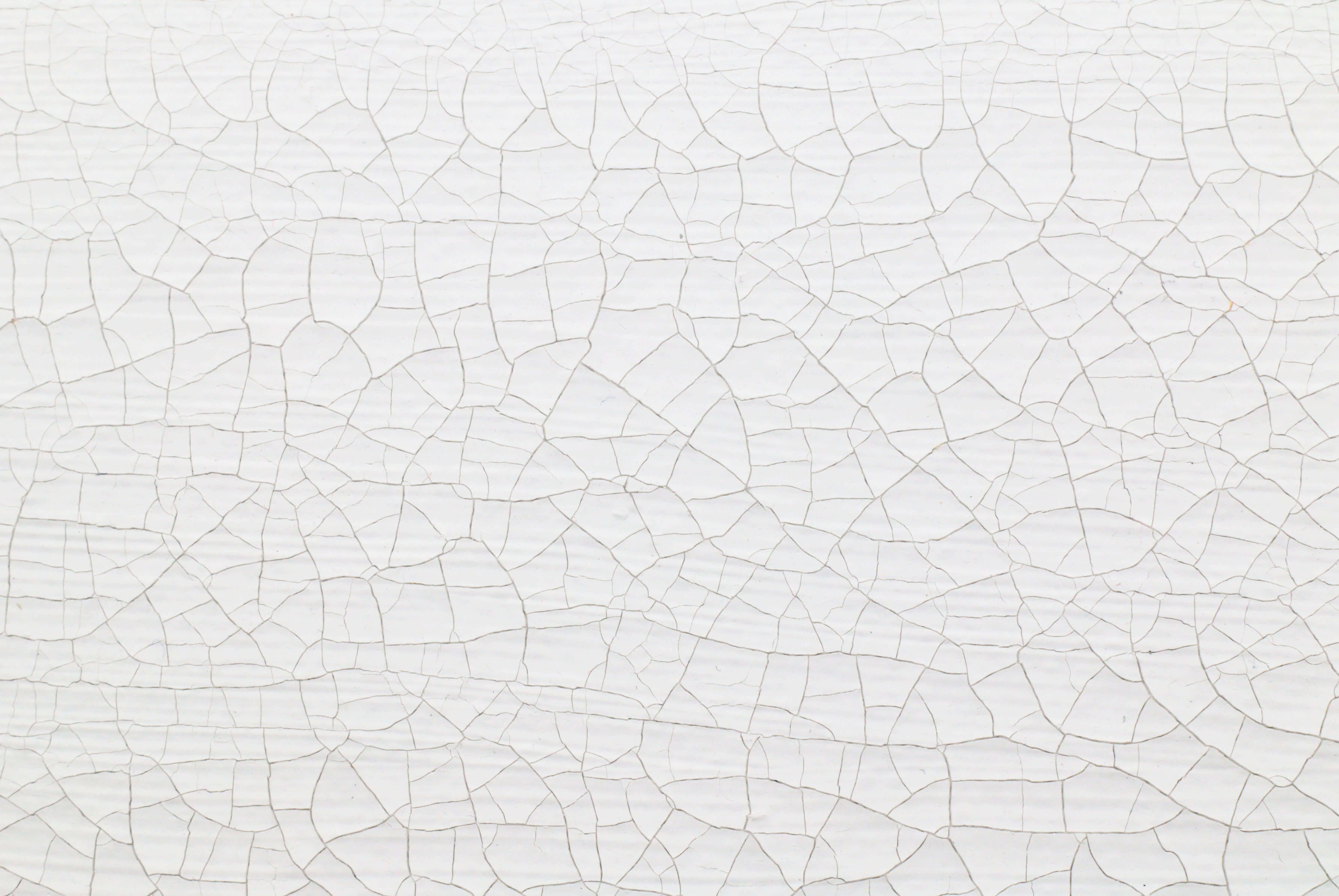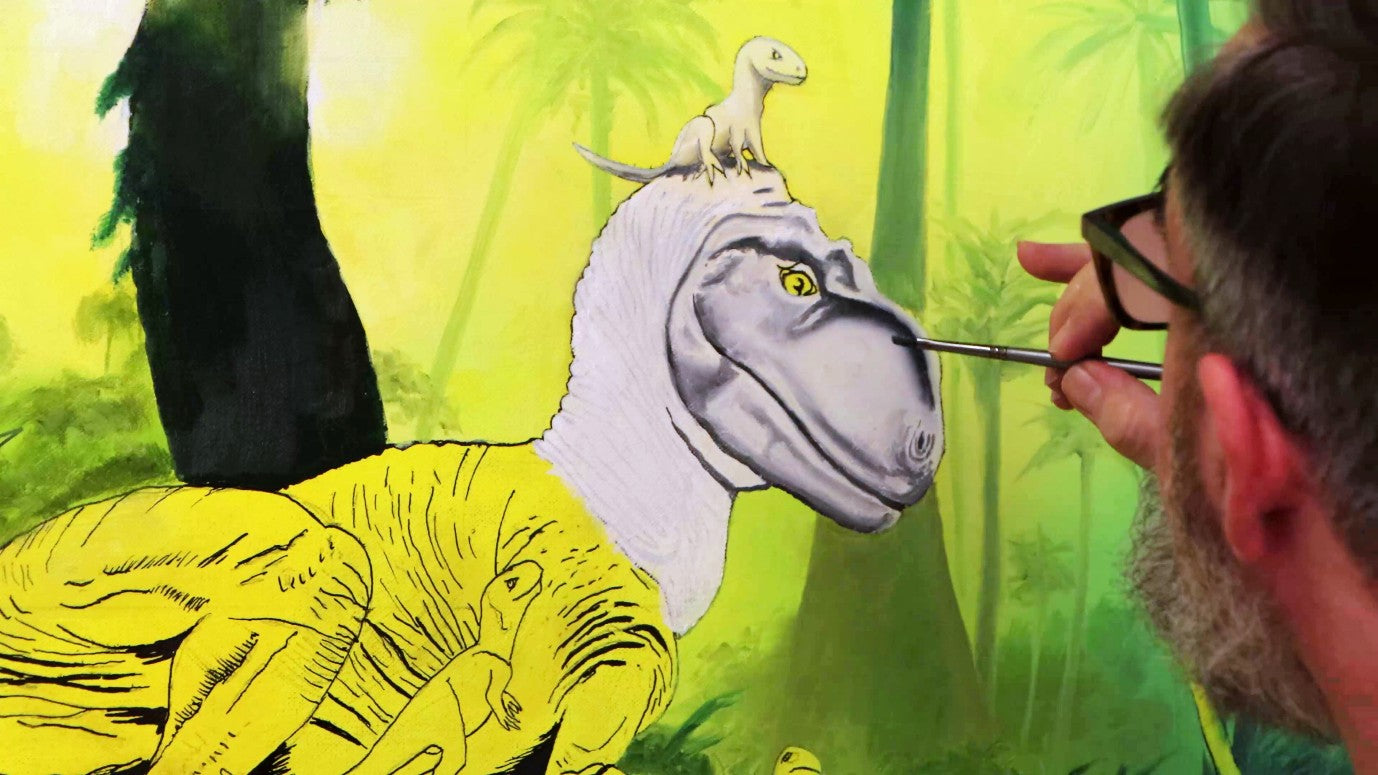You might have heard of our Mont Marte crackle paste, but how does it work? How big will the cracks be and what can it be used on? Here, we break open our most common crackle paste questions.

1. What is Mont Marte crackle paste?
Our crackle paste is an opaque surface preparator that’s smooth and creamy to apply. The paste dries to a matte, crackle texture that can be used to create interesting texture and effects on canvas, wood and even polymer clay.
2. How do I use crackle paste?
Apply a thin coat of acrylic paint to your surface first, then wait for it to dry. This allows the crackle paste to work on a supportive surface and allows it to create more cracks. Then using a palette knife or a flat taklon brush, apply a thin, even application and leave it to dry for 2-3 hours.

3. How big will the cracks be?
This will depend on whether you’re after smaller cracks or larger cracks. For smaller cracks, apply a thin layer/coating of crackle to your surface and allow it to dry before any painting. If you’re wanting to create a larger crackle effect, then apply a thin layer of PVA glue to your surface and wait at least 20-30 minutes before applying the crackle. Finally, allow the crackle paste to dry before painting.
4. Why won’t my paste crack?
If you apply a thick layer or apply it with a very heavy hand, your paste is less likely to crack because of the thick layer underneath, so be sure to use a flat taklon brush or a palette knife to allow the paste to be applied with an even, thin coating.

5. Can I use crackle paste with watercolours?
It’s best to keep crackle paste on a supportive surface such as canvas, polymer clay board or wood using acrylic or oil paints. Watercolour isn’t really ideal for crackle paste as the paper that you’re using wouldn’t be strong enough to hold the thick paste.
6. Can I use Mont Marte crackle paste on paper or cardboard?
To get the most out of your crackle paste and avoid any potential warping, we suggest to use crackle paste on material with a sturdy support, such as canvas, wood, board or polymer clay.

7. Can I use Mont Marte crackle paste on wood?
Yes you can. Be sure to apply an even undercoat of glossy acrylic to the wood and let it dry, before applying the crackle paste. This step will make sure you have a smooth surface for the paste to cling to before applying it.
8. What colour does crackle paste dry to?
Our Mont Marte crackle paste dries down to an opaque white finish.

9. Can crackle paste be used on small surfaces?
In general, the Mont Marte crackle paste works better on larger areas because the paste has more surface area to shrink back to and ‘crackle’. If you’re wanting to use the paste on a smaller area - we recommend applying it directly to the area, allow it to dry, and then apply a thinned-out coat of acrylic paint to sink in to the cracks.
We always suggest experimenting before working on your final pieces to make sure you can achieve the effect you’re after.
10. Can I use crackle paste to make an artwork look aged?
Yes, you certainly can. You’ll need to put the crackle paste down first and wait for it to dry. Once dried, you can paint over with paint, such as our acrylics, oil paints or our H20 water mixable oils.

11. How do I remove crackle paste?
Clean up with crackle paste is easy, just use warm soapy water while the paste is still wet, and rinse off your taklon brush with warm, soapy water.
We hope that you feel inspired to create something using crackle paste. Browse the range here, and give this surface preparator a crack.


